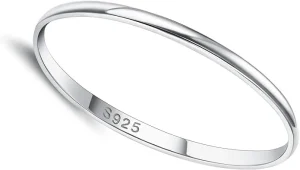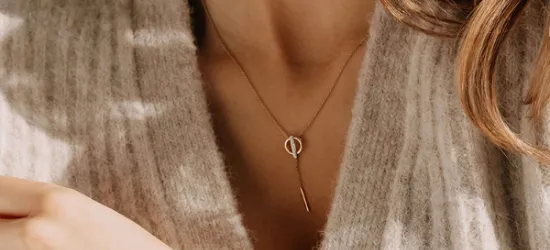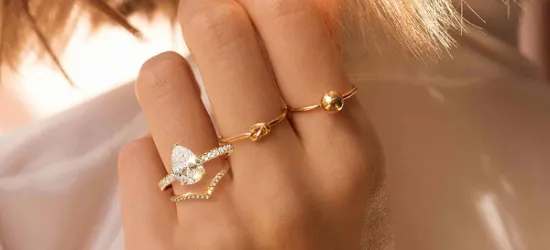Advantages of 925 sterling silver 1
It has unlimited design possibilities: moderate hardness, can be finely carved, inlaid with gemstones, and create complex shapes. Therefore, in the jewelry market, there are many styles of jewelry made of 925 silver.
Advantages of 925 sterling silver 2
Good skin affinity: Friendly to sensitive skin (unless it contains nickel, but high-quality brands will avoid it). The EU REACH Regulation strictly stipulates that items that come into contact with the skin for a long time (such as jewelry) must release nickel ≤ 0.5μg/cm²/week (Regulation No.: EC 1907/2006). Tempusort has adopted a nickel-free formula (such as copper + other inert metals) that meets EU standards and significantly reduces the allergy rate.
Advantages of 925 sterling silver 3
The best value for money: more affordable than gold and platinum, but with a high-end texture.
1. The price difference is more than 10 times: the material cost of silver is only 1.2% of gold and 2.6% of platinum.
2. Market share exceeds 60%: silver jewelry seizes the young consumer market with its design advantages.
3. Craftsmanship is equivalent to precious metals: the plating and Seiko achieve 90% texture similarity, and the cost is only 10%-20%.
4. Low psychological premium: consumers are more willing to pay for design rather than material.



